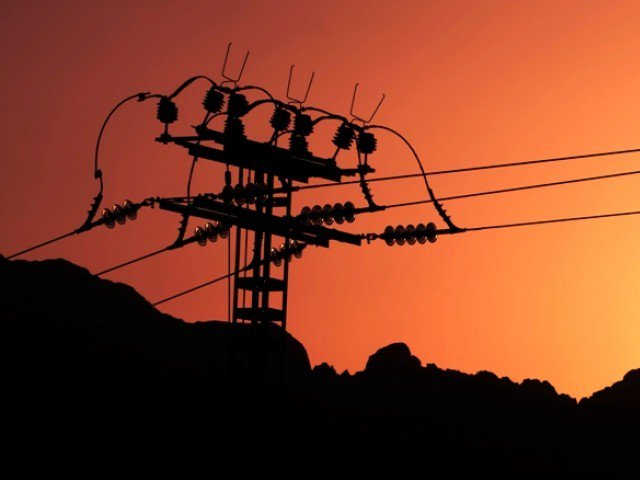
ISLAMABAD: A report prepared by Special Senate Committee on Circular Debt chaired by PTI’s Shibli Faraz has requested the government to inject up to Rs400 billion into the power sector for avoiding a shutdown of power plants.
According to the report, this would reduce the issue of circular debt which is at Rs1.55 trillion and the committee stands dissolved after providing its final report about the circular debt issue, reports Dawn.
As per the recommendations of the report, it has been suggested to review fuel supply agreements of the power projects based on Regasified Liquefied Natural Gas (RLNG) and change their “must pay status” which allows them to be compensated even if they don’t produce electricity.
The report has advised that the role of two regulators- the National Electric Power Regulatory Authority (Nepra) and Oil and Gas Authority (Ogra) needs to be reviewed and amalgamated if required.
Also, the committee has suggested privatisation of power companies, private sector involvement in electricity supply operations and transferring of distribution companies to provinces and recovery shortfalls be adjusted from the NFC award.
The report suggested the levying of the renewable energy policy 2006 be extended for two years since a sudden break in December 2017 had blocked investments in the sector.
And the report called for undoing the revisions made to the Nepra Act by the previous PML-N government because they had “compromised the independence and professional standing of the regulator by reducing the status of its four members and the chairman to a rubber stamp.”
The committee observed that since 25 percent of an entity’s production was going waste it wasn’t feasible for it to be profitable which in the power sector is termed as aggregate technical and commercial losses.
The report elaborated that 8-10 percent of the billed amount wasn’t recovered and system (transmission and distribution) losses in the power sector were 18.3 percent, causing a Rs295 billion shortfall which is recovered/recharged to the consumer or picked up by the government and financed via taxpayer’s money.
The report said a major portion of Rs175 billion is re-levied or re-circulated to the consumers in monthly bills and Rs120 billion on a yearly basis stuck with the government and changes into circular debt.
However, the committee lamented about the major problem challenging the fundamentals of the country’s economy, no effort had been undertaken of consolidation of power sector entities and reconciliation of the balances available on their financial statements.
The overall circular debt or funding gap stood at Rs1.557 trillion ending in FY18, which includes Rs245 billion receivables from the government and other linked entities, Rs500 billion in defaults and disconnections, Rs338 billion tariff delays, Rs300 billion in tax refunds and instalments of bills and Rs187 billion system losses in five years.
The principal loan amounts showed by the Central Power Purchasing Agency, Power Holding Company, Discos and the power division didn’t reconcile.
Also, the report lamented the 8,000MW of capacity addition in previous years was RLNG dependent which was vulnerable to the oil market and currency changes.
Moreover, the report recommended the government to resolve the outstanding tariff confusion of the Azad Kashmir government which was being provided a fixed rate under the Mangla Dam agreement and causing a Rs100 billion shortfall.
The Senate panel’s report rebuked past administrations for allowing the Federal Board of Revenue (FBR) to levy taxes on the total billing of the distribution companies, although a major part of it was never paid by consumers.
Around Rs100 billion was stuck due to this reason only, which was inhibiting the cash flows of distribution networks.
Cumulative receivables till the end of June 2018 ratcheted up to Rs824.3 billion, rising from Rs670 billion in FY17, said the report.
As per the report, there were over 5.3 million non-paying electricity connections and 1.3 million disconnected ones, with Rs405 billion and Rs95 billion respectively outstanding against them.






















